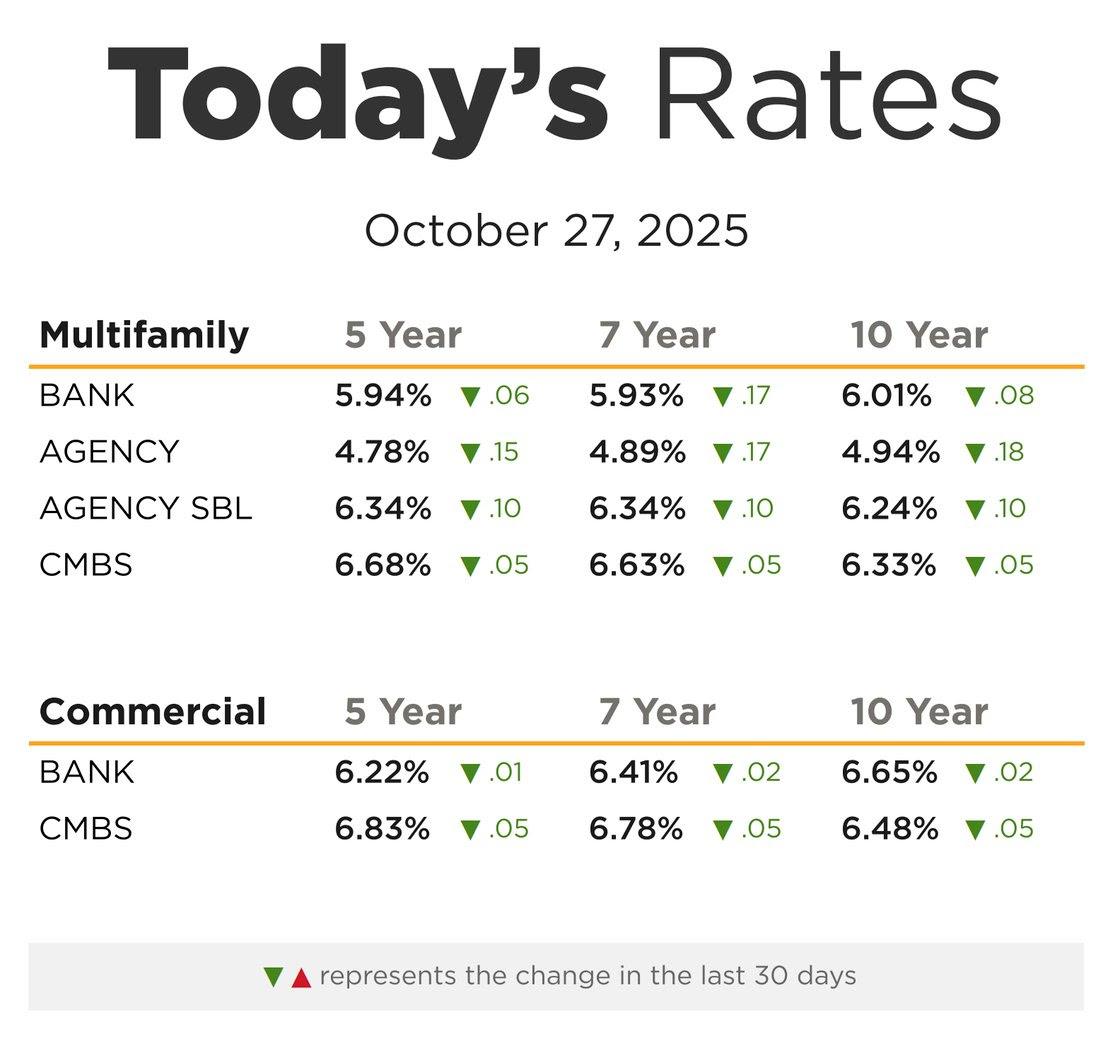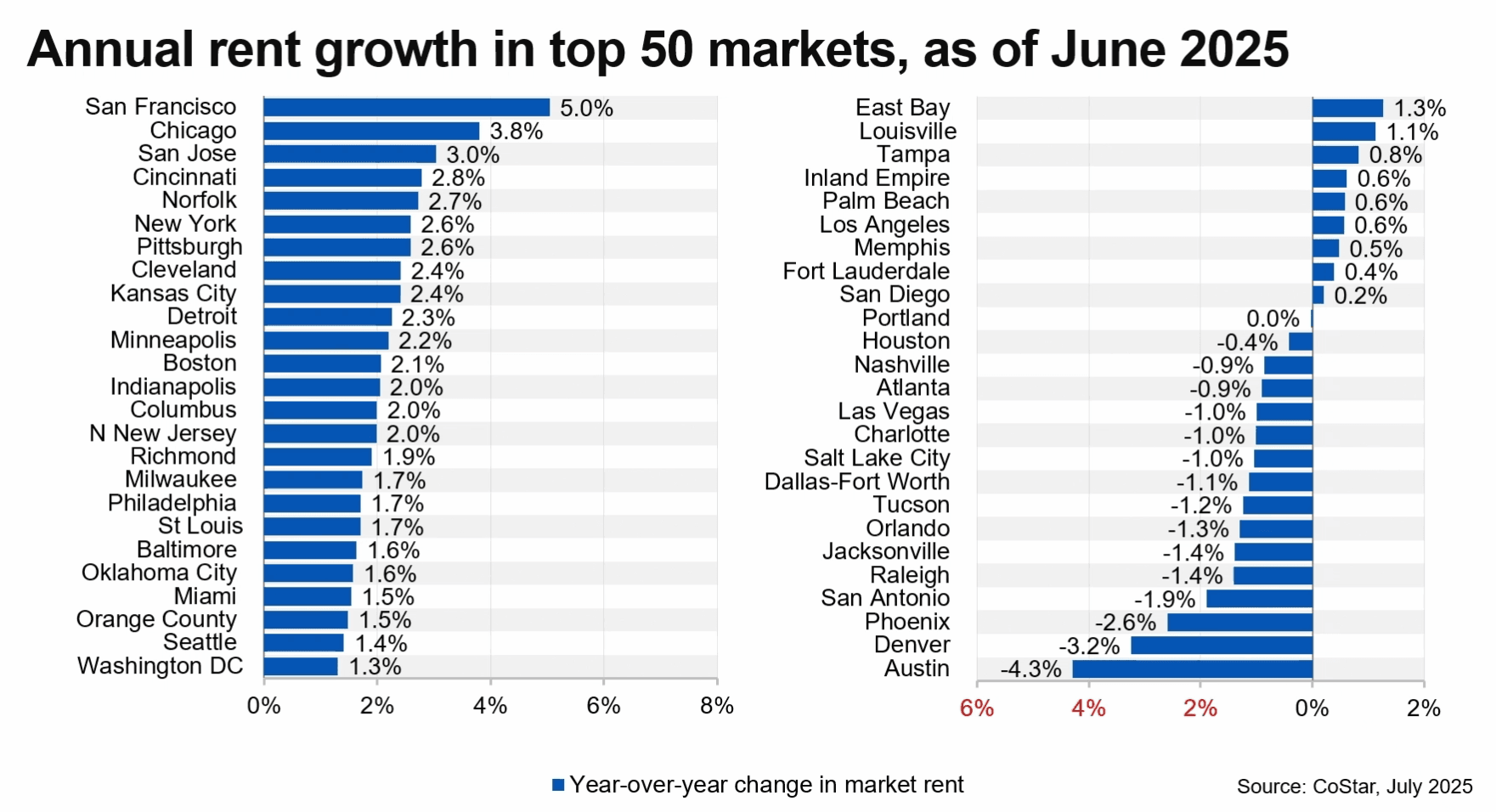Home Price Appreciation Widens Affordability Gap, Sustains Strong Apartment Housing Demand
Robust housing demand spurred by steady job gains and wage growth ticked up the home-ownership rate by 60 basis points to 64.3 percent at the end of 2017. The increase was driven by a 220-basis-point advance in the home-ownership rate for those under age 35 to 36.4 percent. Though it is encouraging that this age group is actively purchasing homes, young adult home ownership remains below its pre-recession rate of 40 percent, indicating there is still room for improvement.
For-sale inventory has risen since the end of last year, but with approximately 1.6 million housing units listed, the number of homes available for sale in February remained nearly 1 million units below the long-term average. As a result, monthly home sales will struggle to gain traction in the near term following two years of little to no transactional growth. Despite tight inventory levels, overall home prices are accelerating at a subdued pace as buyers remain on the sidelines by not providing offers on marketed homes. Housing needs are then directed to apartments. Last year, more than 340,000 units were absorbed, the highest level since 2000.
In select metros, home prices have appreciated more than 50 percent since the prior peak, with household income growth failing to keep pace. This has driven a wedge in affordability in markets such as Denver, Portland, San Jose and Texas’ four major metros. Of the 335,000 apartments slated for completion this year, more than 80,000 units are in these markets. With monthly rents averaging $800 less than the mortgage payment on a median-priced home in these metros, renter demand remains healthy through 2018.
Developing Trends
■ First-time home-buyers accounted for 29 percent of sales in February, down from 31 percent one year earlier. Rising interest rates could put additional strain on home sales this year. Limited for-sale inventory, especially in the entry-level housing segment, will keep many would-be home-buyers on the sidelines.
■ During February, new home sales reached the highest level since April 2009, with more than half of all sales occurring in Southern states. Nationally, the median price of a new home increased nearly 10 percent to more than $330,000 as sales remained concentrated in homes priced above $300,000. A labor shortage as well as high land and materials costs continue to drive the building of larger, luxury homes.
■ Apartment vacancy stable. Apartment demand largely kept pace with construction in 2017 despite deliveries reaching a 25-year peak as nearly 365,000 units came online. Demand will stay strong again this year, keeping the rate below the long-term average of 5.7 percent.
The Research Brief blog from Marcus & Millichap offers timely insight and expertise into the rapidly changing investment real-estate industry. The Research Brief is published by top industry professionals, showcasing time-sensitive information and valuable analysis.
The information contained herein was obtained from sources deemed reliable. Every effort was made to obtain complete and accurate information; however, no representation, warranty or guarantee to the accuracy, express or implied, is made.
Receive Market Insights
Periodic analysis on rents, pricing, cap rates, and transaction activity across Chicago and key suburban markets.




Join The Discussion